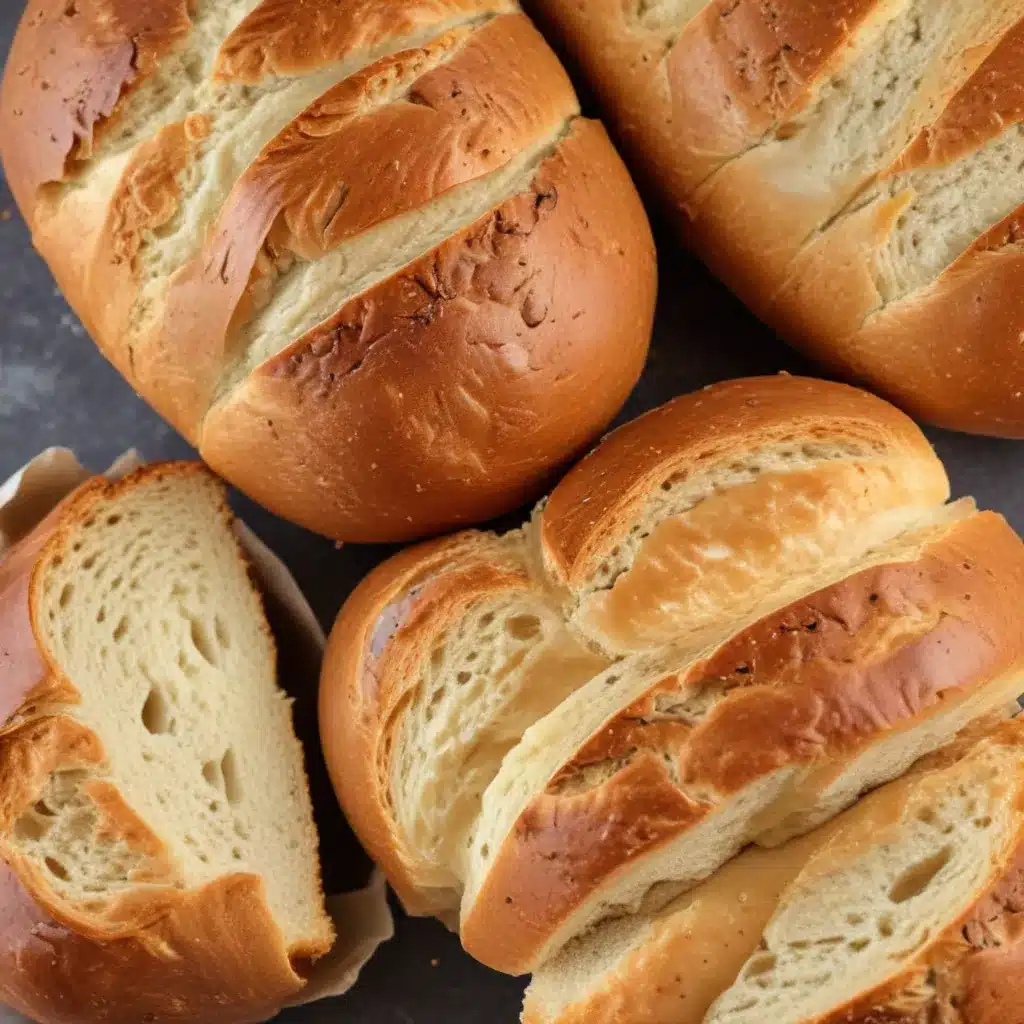
Baking your own bread at home is a deeply rewarding experience. Not only does it fill your kitchen with the mouthwatering aroma of fresh-baked goods, but it also allows you to control the ingredients and customize the final product to your family’s tastes. At Crooked Pines Farm, we’re passionate about sharing the joys of homemade bread baking, guiding you through the process from wheat cultivation to the final, pillowy loaf.
Wheat Cultivation
The journey begins with the humble wheat grain. At Crooked Pines, we grow a variety of heirloom wheat cultivars, each with its own unique flavor profile and baking properties. Our hard red wheat produces a heartier, nuttier bread, while our soft white wheat yields a more delicate, subtly sweet loaf.
To ensure a bountiful harvest, we employ sustainable farming practices like crop rotation, cover cropping, and conservation tillage. These techniques not only nurture the soil but also help preserve the land for future generations. When the time comes, we carefully hand-harvest the wheat, dry it, and store it in our climate-controlled facility, preserving the grains’ natural goodness.
Flour Production
Once the wheat has been safely stored, the next step is to transform those grains into flour. At our on-site mill, we use a combination of traditional stone milling and modern roller milling techniques to produce a range of flours, from coarse whole wheat to finely sifted all-purpose. This diversity allows our bakers to experiment with different flour blends, unlocking a world of flavors and textures.
The nutritional value of our flours is paramount. Whole wheat flour retains the bran and germ of the wheat kernel, providing an excellent source of fiber, vitamins, and minerals. In contrast, refined white flour has been stripped of these vital components, resulting in a more processed, less nutritious product. At Crooked Pines, we believe in honoring the inherent goodness of the wheat berry, so our flour selection prioritizes wholesome, minimally processed options.
Bread Ingredients
With our farm-fresh flour in hand, it’s time to gather the other key ingredients for homemade bread baking. The foundation of any good loaf is yeast, which we carefully select and proof to ensure optimal rising and flavor development. We also incorporate honey or maple syrup to feed the yeast and lend a subtle sweetness, along with butter or olive oil for richness and salt to enhance the overall taste.
When it comes to the flour itself, we find that a blend of whole wheat and bread flour (or all-purpose flour) often yields the best results. The whole wheat flour provides heartiness and nutrition, while the bread flour contributes to a soft, airy crumb. By adjusting the hydration ratio (the balance of liquid to dry ingredients), we can fine-tune the dough’s texture and rise.
Bread Preparation
With our ingredients assembled, it’s time to dive into the hands-on process of bread making. We begin by mixing the dough, either by hand or using a stand mixer equipped with a dough hook. Thorough kneading is essential, as it develops the gluten structure that gives bread its signature chewy texture.
After the initial mixing and kneading, the dough undergoes its first proofing (or rising) stage, during which the yeast consumes the sugars and releases carbon dioxide, causing the dough to expand. Once it has doubled in size, we punch it down to release any trapped air bubbles, then shape the dough into a loaf and place it in a greased baking pan for the second rise.
When the dough has risen to the top of the pan, it’s time to bake. We preheat our oven to a toasty 350°F, then slide the bread in and let the magic happen. As the loaf bakes, the crust develops a beautiful golden-brown hue, while the interior transforms into a soft, light crumb.
Bread Science
The transformation from wheat berry to fluffy loaf is a true testament to the wonders of baking science. As the dough ferments, the yeast cells produce enzymes that break down the complex starches and proteins, creating a web of gluten that traps the carbon dioxide bubbles and gives the bread its structure.
Meanwhile, the Maillard reaction occurs on the crust, caramelizing the sugars and lending that signature aroma and flavor. And the oven spring, or the final burst of expansion as the bread bakes, is the grand finale, resulting in a tall, proud loaf.
Bread Styles
At Crooked Pines, we celebrate the diversity of bread styles, from rustic, artisanal loaves to tender whole grain sandwich breads. Our farmhouse white is a classic crowd-pleaser, while our seeded sourdough offers a delightful, tangy twist. And for those seeking regional specialties, our cinnamon-raisin swirl bread and cornmeal-crusted rolls are sure to delight.
Bread Storage and Preservation
Once your homemade bread has cooled, the real challenge begins: how to enjoy it for as long as possible. We recommend slicing and storing the loaf in an airtight container at room temperature, where it will stay fresh for up to a week. For longer-term preservation, try freezing the bread, either whole or pre-sliced. A quick toasting or warming in the oven will revive the crust and crumb, making it taste almost freshly baked.
At Crooked Pines Farm, we believe that the art of homemade bread baking is a precious skill to pass down through generations. By sharing our knowledge and passion, we hope to inspire families to embrace the joy of creating their own wholesome, delicious loaves. So, grab your apron, preheat the oven, and let’s bake up a slice of farm-fresh goodness!


